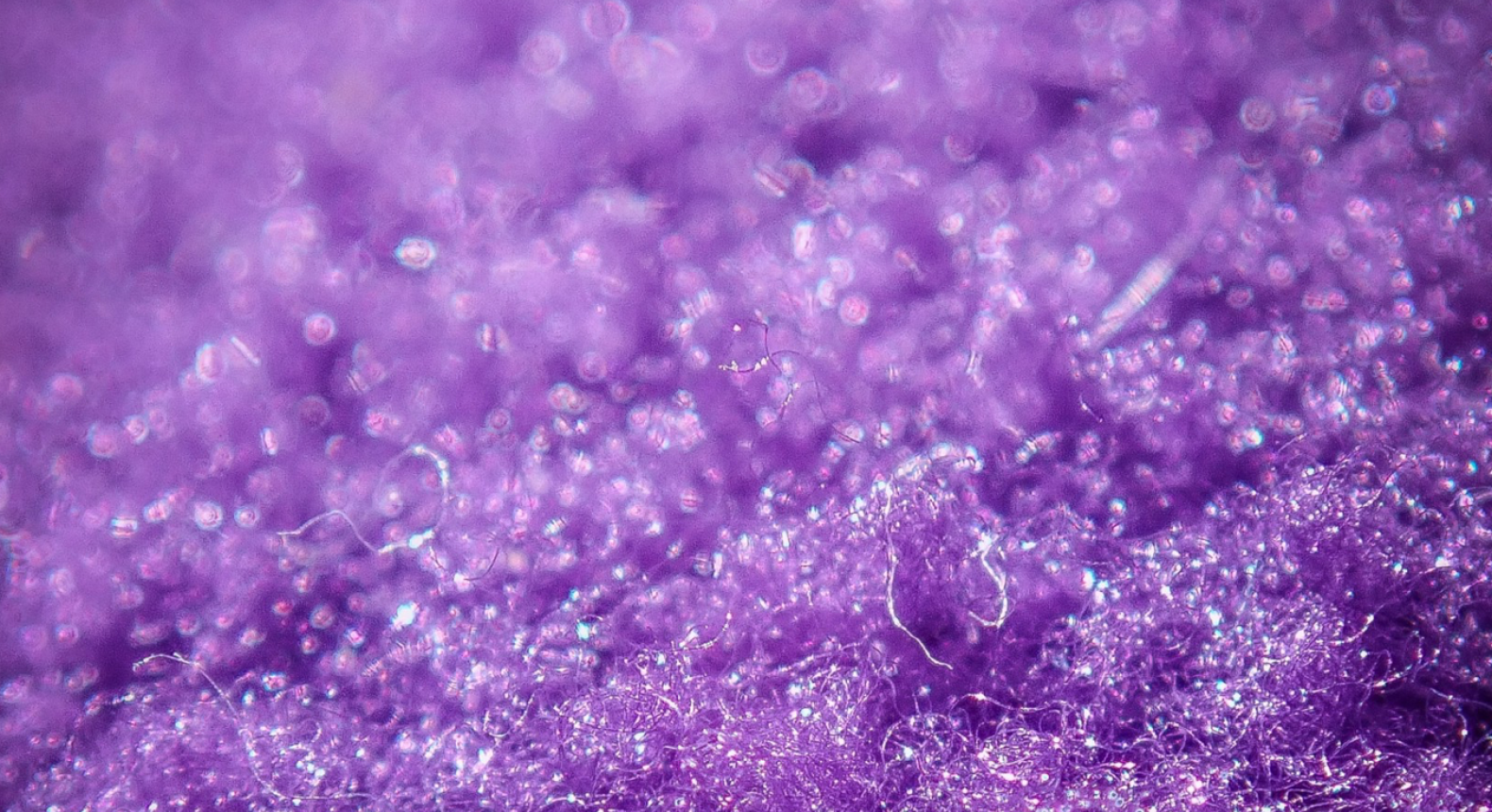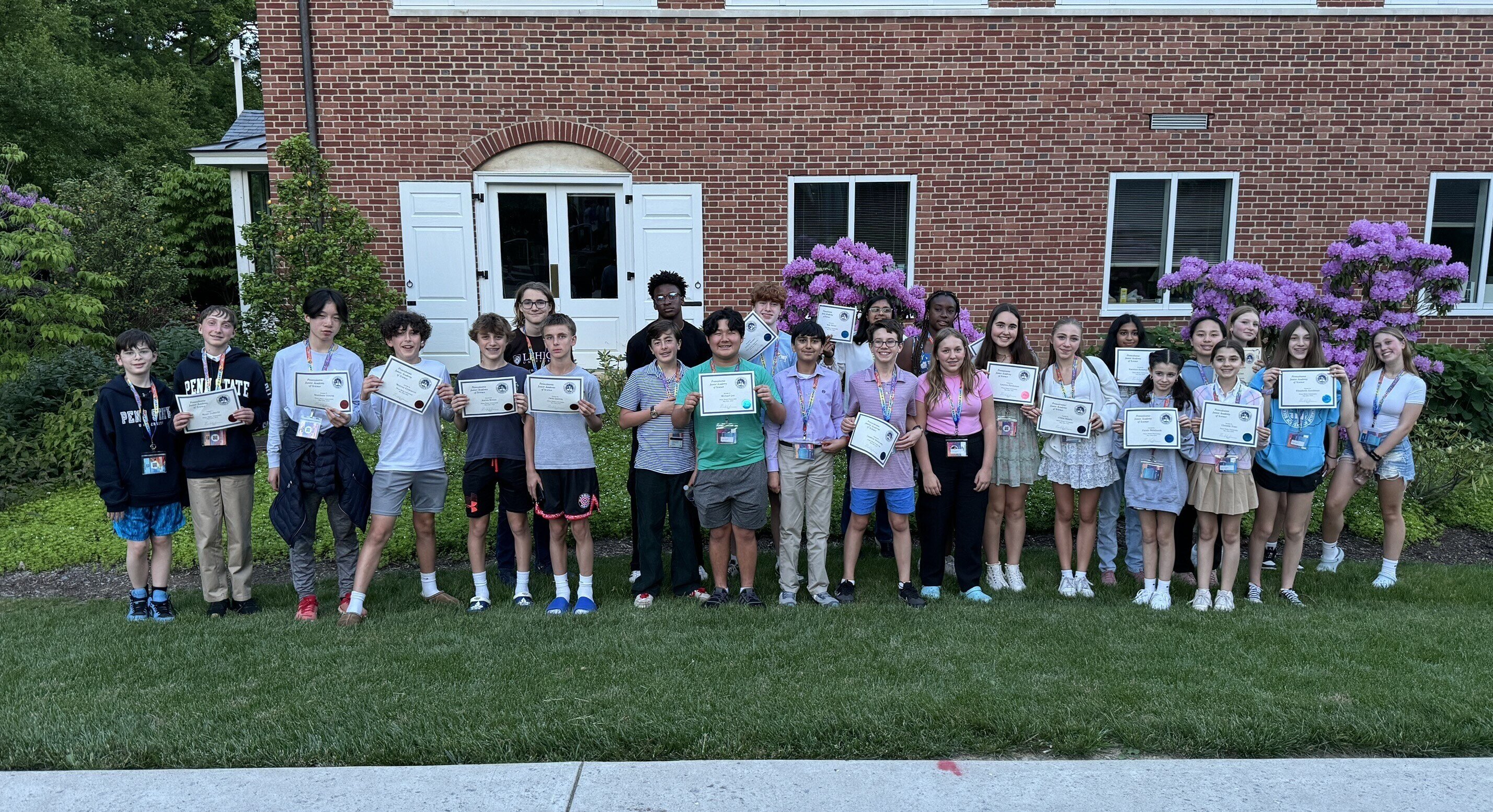The Color Purple — In Physics
You may have heard of the book The Color Purple by Alice Walker, but what does the mixture between red and blue mean for your eyes?
Purple has been used by millions of individuals, ranging from Roman magistrates and high-priced Phoenician purple dye. It was first introduced in the Neolithic era, in which it was used by French Pech Merle artists, and later the Tyrian people in the 15th century BC. It was later passed to China through the purple gromwell plant, then the Byzantine Empire, and then was propagated throughout the Renaissance period and to centuries beyond, finally making its way into our century through years of use, interpretation, and association, and made its way to becoming the 11th most popular color in America, and was named the color of the year for two years in a row by Pantone. It is now seen in dyes, clothing, plants, lightning, graphic design, user interfaces, product packaging and more.
The color purple is associated with thousands of things: the book, wealth, royalty, extravagance, magic, pride, independence, the mattress company, regality, and grandeur, among other descriptive adjectives, but it takes on a whole new meaning from a physics standpoint.
Purple is commonly known as the color produced when red and blue are mixed. This is true, but not holistically. Purple, not to be confused with violet, is actually a large range of colors represented by the different hues created when red, blue, or violet light mix. Purple is a color mixture, whereas violet is a spectral color, meaning it consists of a single wavelength of light. In fact, purple doesn’t have its own explicit wavelength, making it unique in observation. Due to this, purple is not the principle color of magenta, crimson, or indigo, either, though they are perceptually very similar to one another. On the CIE Chromaticity Diagram (the image above), there is a given purple boundary, which is a line of purples located between spectral red and violet colors that are seen on the graph. But then here lies an important question:
Why do I see purple instead of violet or indigo or even magenta?
The answer is simple: it is purple. Just kidding. It’s not that simple. In fact, you’re not seeing purple at all, according to our current physics. Purple as a color doesn’t necessarily even exist, kind of like magenta, due to it not having a static wavelength. So even though we only see red, green, and blue, when we look at any color on the same spectrum of blue, pink, and violet, there is a large range of wavelengths that reach our eyes during the same concurrent moment as we’re looking at an object. Due to the conic nature of our retina, we process an extremely large amalgamation of light reflections, the ratio of which is to be seen as a perfect spectral color. So, in reality, you are seeing violet; red and blue with a little more blue, whereas when you see purple, it’s more of a red and blue 1:1 situation. In reality, purple, being a perfect fraction of a color, resembles so many other colors, and because it is so mundane, our brains have recognized other colors to be shades of it, even spectral and primary ones!
So what does this all mean?
Well, I hate to disappoint you, but this means virtually nothing in your daily life. Perhaps you’ll be more considerate to violet or magenta when you see them, but I don’t think it will cause you to win the lottery or ace your exam (article on that coming soon). However, if you’re looking to work with spectroscopy, optical physics, or even with using samples in genetics or programming materials, understanding light interactions, visual perception, and photoluminescence will be quite important. Anyway, if you see violet around make sure to not say: “Hey! You look like purple!”
My name is Okezue Bell '23, and I’m a 14 y/o innovator/entrepreneur in the quantum computing and AI spaces. I’m also currently making developments in foodtech and cellular agriculture, as well as biocomputing!
You can read Okezue's work on Medium here.


 myMA
myMA











